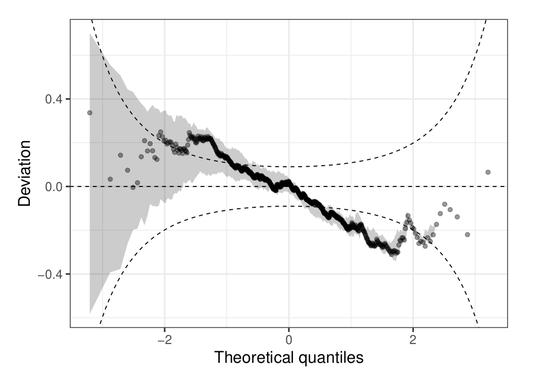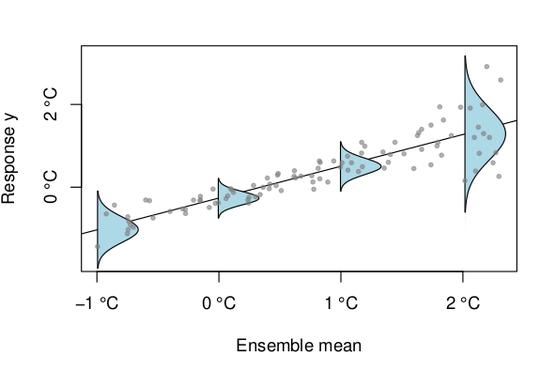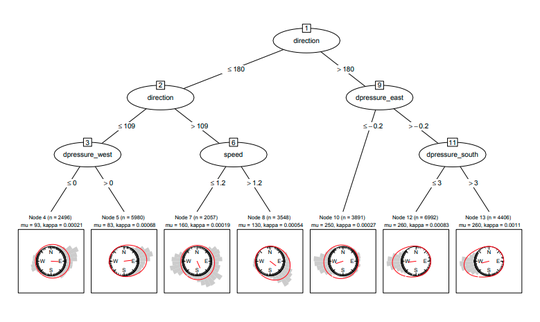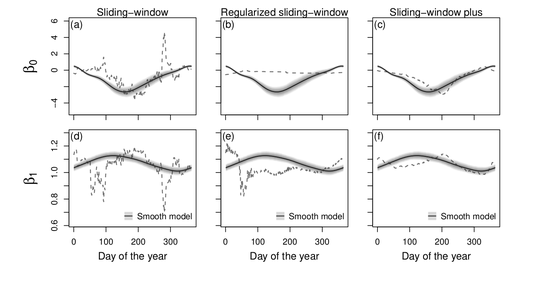I currently work as a Data Scientist at Roche Diagnostics GmbH where I develop and apply statistical methods in the field of assay development. Previously, I developed statistical forecasting tools in the form of web applications for the drug formulation development at F. Hoffmann-La Roche Ltd in Basel. Before joining industry, I worked at the Department of Statistics at the University of Innsbruck, from which I graduated in 2020. My PhD thesis, under the supervision of Georg J. Mayr and Achim Zeileis, was on advanced statistical methods for probabilistic forecasting within the domain of natural science. The statistical models employed range from parametric to non-parametric machine learning approaches, whereas the applications include one-dimensional, multivariate and circular responses.
My research stands at the intersection between computational statistics and natural science with a focus on probabilistic forecasting. In this framework, I am a (co-)developer of several R-packages for estimating distributional random forests and graphically evaluating probabilistic models. I enjoy working on descriptive and predictive problems while being comfortable with the entire data science pipeline, from restructuring different types of input data, to data analysis and statistical modeling, to building web applications to visualize the results.

R-packages
- Unified infrastructure for probabilistic models and distributional regressions: Computation of probabilities, densities, scores, and Hessians.
- Probabilistic forecasting.
- Diagnostic graphics such as rootograms, PIT histograms, reliagrams (reliability diagrams), (randomized) quantile residual Q-Q plots, and worm plots.
- Modular object-oriented implementation with support for many model objects, including lm, glm, crch, disttree, and more to come.
- Infrastructure for fitting distributional regression trees and forests based on maximum-likelihood estimation of parameters for specified distribution families, for example from the GAMLSS family.
- Infrastructure for fitting distributional trees and forests based on maximum-likelihood estimation of parameters for a circular response, as well as regression methods for a circular response based on maximum-likelihood estimation are provided.
- For both approaches the von Mises distribution is employed as circular response distribution.



